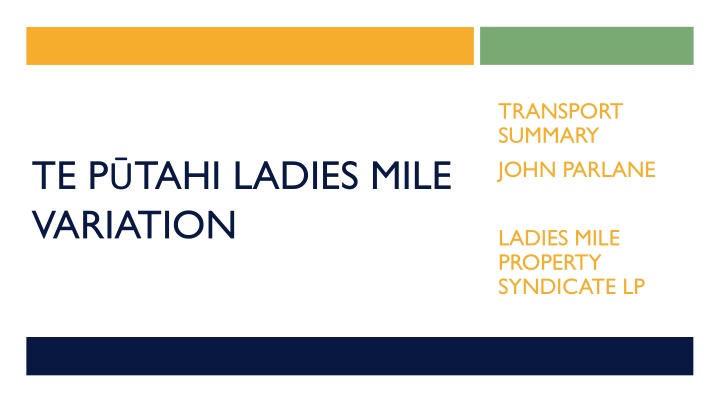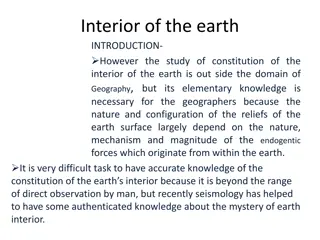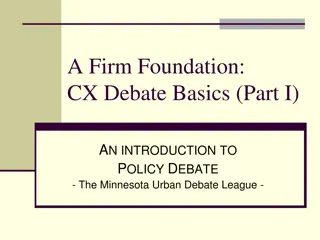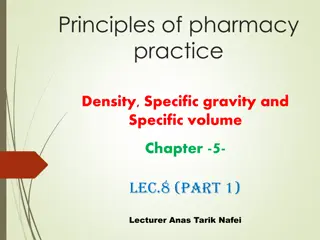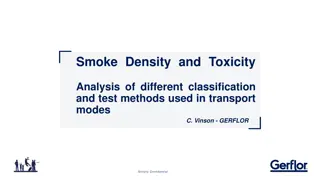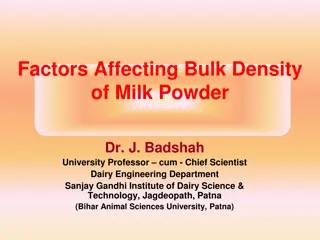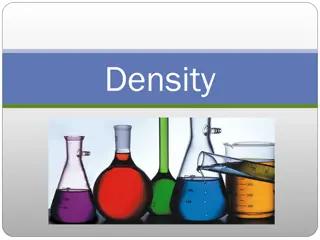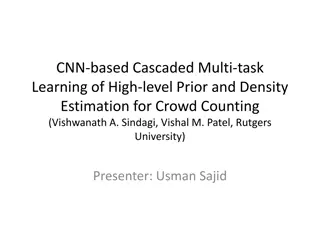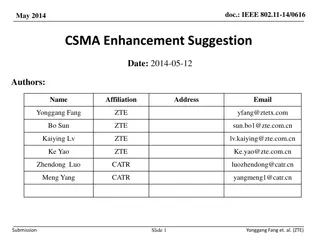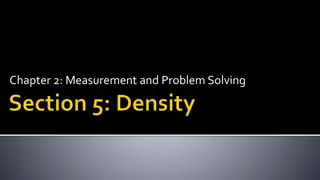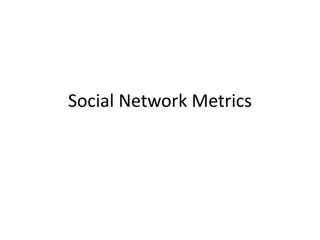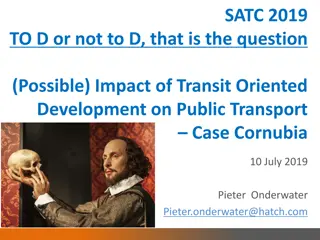Debate on Density and Transport Policies
Debate on the impact of higher density on public transport use, walking and cycling levels, and car trips. Arguments for and against rules requiring higher density are discussed, highlighting the complexities of achieving desired mode shares through density regulations and transit-oriented design. Potential risks and issues of implementing a minimum density rule are also explored.
Download Presentation

Please find below an Image/Link to download the presentation.
The content on the website is provided AS IS for your information and personal use only. It may not be sold, licensed, or shared on other websites without obtaining consent from the author.If you encounter any issues during the download, it is possible that the publisher has removed the file from their server.
You are allowed to download the files provided on this website for personal or commercial use, subject to the condition that they are used lawfully. All files are the property of their respective owners.
The content on the website is provided AS IS for your information and personal use only. It may not be sold, licensed, or shared on other websites without obtaining consent from the author.
E N D
Presentation Transcript
TRANSPORT SUMMARY JOHN PARLANE TE P TAHI LADIES MILE VARIATION LADIES MILE PROPERTY SYNDICATE LP
Successful Higher Density should result in A higher proportion of public transport use Higher levels of walking and cycling A lower % of car trips (but a higher total number of car trips) Higher Population should result in the growth of more non-residential activities such as Schools Shops Jobs I support all of these outcomes because they have positive transport effects so I support rules that enable higher density. DESIRED OUTCOMES I don t support rules requiring higher density because of the risk of adverse transport outcomes.
Most studies linking density and mode share rely on the Newman and Kenworthy (1989) data. Paul Mee s showed the problems with that approach. Mode Share is not caused by density alone. The destination end of the trip matters equally. DENSITY RESEARCH Figure 2 Public transport motorised modal split (Cooke and Behrens)
Transit Oriented Design (TOD) density targets are not predictors of mode share. Overseas examples of density and mode share can be due to investment in high quality mass transit systems. We can t simply look at overseas examples of high mode share and assume the success was due to density. Bus systems typically have more stops than rail. TRANSIT ORIENTED DESIGN
Transport Issues of a Minimum Density Rule The minimum density of 60 dwellings/ha might not be viable (Tamba Carlton evidence para 18) MINIMUM DENSITY RULE ISSUES AND HOW THIS AFFECTS TRANSPORT The short and medium term feasibility of development is reduced by the minimum density rule (Susan Fairgray rebuttal para 66) This means that achieving the desired mode share in a timely manner is unlikely I simply don t support a rule requiring high density, because that would prohibit medium and lower density development occurring if high density doesn t occur Transport policy must be pragmatic and not based on an assumed land use outcome
Risks of Introducing a Minimum Density Rule Development could be delayed by the rule Some sites won t develop in the manner expected REBUTTAL OF COUNCIL TRANSPORT EXPERTS (1) Average density could be reduced by the rule due to undeveloped sites In turn we would expect much lower public transport use The risk of delay to schools and shops means that more car trips will be required. Transport planners need to be pragmatic and assuming full development, particularly when economists are raising caution, is a flawed approach in my view.
Population more important than minimum density Buses can have multiple stops in an area, but the TOD approach ais based on trains that have only a single stop Schools, shops and services require a resident catchment which can be spread over a wider area REBUTTAL OF COUNCIL TRANSPORT EXPERTS (2) Population can be increased through expanding the residential area because it is served by buses Council says 40 to 60 units per ha range (see Shields answers to Commissioners research used and Expert Caucusing) When setting a minimum rule why use 60?
